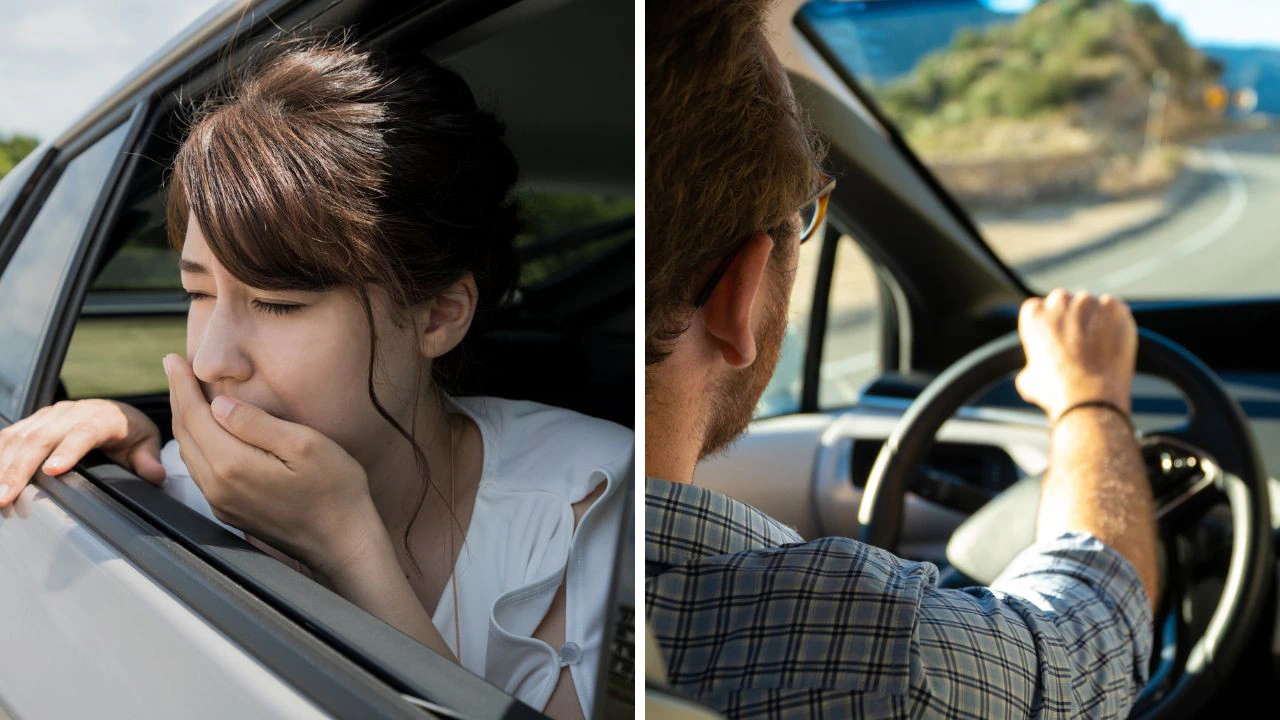By Miranda Wang
If you’ve found yourself questioning why you feel a little queasy behind the wheel of the future, don’t worry. It’s a real thing, and you’re not the only one.
According to multiple studies, there are very scientific reasons why a person may experience more motion sickness in an electric vehicle.
Lack of previous experience
Though EVs are becoming increasingly popular, most people’s experiences with cars are based on combustion cars.
If you’ve learnt how to drive in a conventional petrol car, you’ve likely adapted to their specific cues.
According to a 2020 study published in Applied Ergonomics, the lack of a traditional engine sound could be an influencing factor to motion sickness.
“Being able to anticipate upcoming motion is known to potentially mitigate sickness resulting from provocative motion,” the 2020 study said.
For example, upon pressing the accelerator pedal and hearing the rev of the engine, your brain will prepare you for the increase in speed.
In an electric vehicle, drivers may experience a low hum or even no sound at all, making it harder for their brain to anticipate movement.
“If we are accustomed to travelling in non-EVs, we are used to understanding the car’s motion based on signals such as engine revs, engine vibrations, torque, etc,” William Emond, a PhD student at the Université de Technologie de Belfort-Montbéliard in France, explained to The Guardian.
“Yet, travelling in an EV for the first time is a new motion environment for the brain, which needs adaptation,”
Regenerative braking
Similarly, EV’s “regenerative braking” is also a contributing factor to nausea in drivers.
For those unaware, regenerative braking is a system where the vehicle’s kinetic energy is generated automatically through the action of braking, and routed back into the battery as usable power.
Regenerative braking can cause motion sickness for EV drivers, especially for those who have the EVs set for max regenerative braking, or for those using one-pedal mode, as the act of simply lifting off the accelerator would cause the car to slow down dramatically.
For drivers, it can feel like the car is slowing down when they haven’t prepared for it, and throw off their balance.
“Better knowledge on self-motion allows us to anticipate motion forces, which is crucial for motion sickness,” Emond explained to The Guardian.
“Yet, when the motion forces as estimated or anticipated by the brain differ from what actually is experienced, then the brain interprets this ‘neural mismatch’ as a situation of conflict.
“If this conflict persists over time, it may surpass a threshold for triggering autonomic reactions of the body such as symptoms apparent to ‘motion sickness’.”
For those considering purchasing some new wheels, Australia’s car market is undergoing one of its biggest shake-ups in decades, with some experts calling it the most dramatic shift in automotive history.
Australia has become a viable market for Chinese car manufacturers which has lead to aggressive local pricing, especially from brands such as BYD, Chery and GWM.
Carsales.com.au data services Director Ross Booth said much of the automotive growth is coming from electric and electrified vehicles.
“We’re seeing a clear shift towards more fuel-efficient vehicles, with strong growth in New Energy Vehicles – which include hybrids, plug-in hybrids, and battery electric vehicles,” Mr Booth said.
Hybrid and electric vehicle sales made up just 8 per cent of new cars in 2021, jumping to 25 per cent by the end of 2025.
